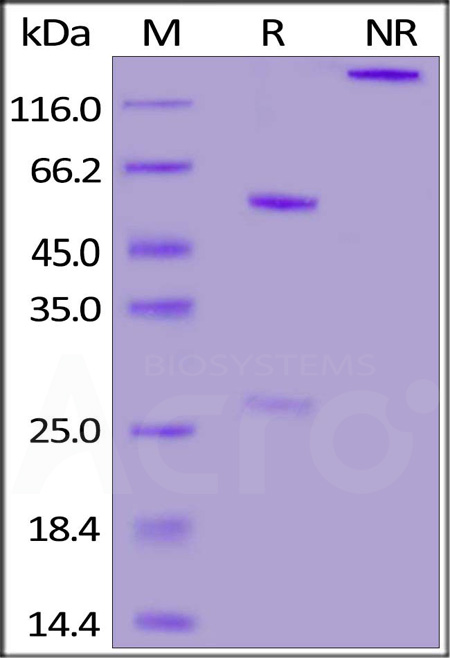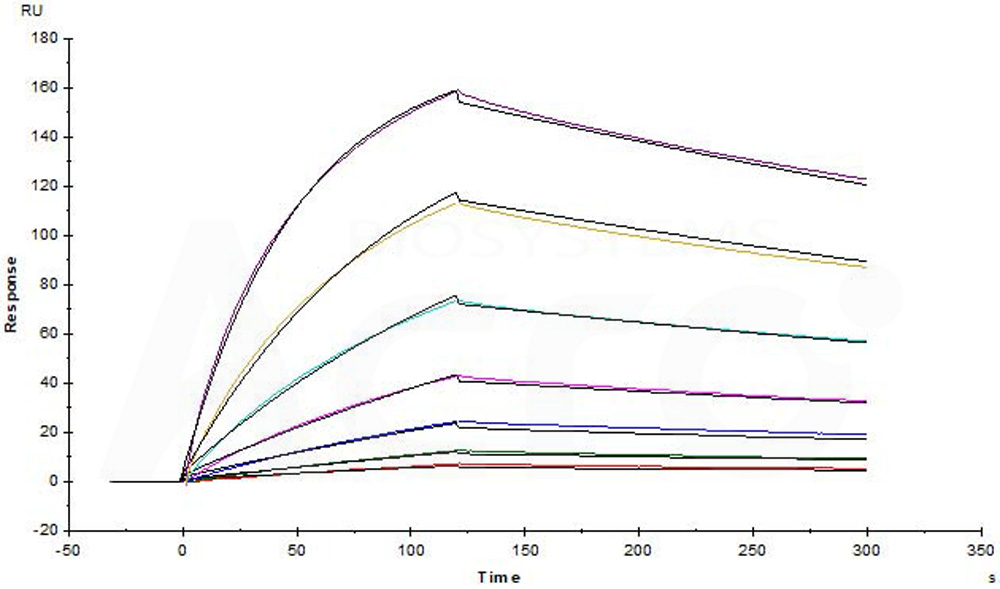Within-Host Fitness and Antigenicity Shift Are Key Factors Influencing the Prevalence of Within-Host Variations in the SARS-CoV-2 S GeneXi, Hua, Jiang
et alViruses (2025) 17 (3)
Abstract: Within-host evolution plays a critical role in shaping the diversity of SARS-CoV-2. However, understanding the primary factors contributing to the prevalence of intra-host single nucleotide variants (iSNVs) in the viral population remains elusive. Here, we conducted a comprehensive analysis of over 556,000 SARS-CoV-2 sequencing data and prevalence data of different SARS-CoV-2 S protein amino acid mutations to elucidate key factors influencing the prevalence of iSNVs in the SARS-CoV-2 S gene. Within-host diversity analysis revealed the presence of mutational hotspots within the S gene, mainly located in NTD, RBD, TM, and CT domains. Additionally, we generated a single amino acid resolution selection status map of the S protein. We observed a significant variance in within-host fitness among iSNVs in the S protein. The majority of iSNVs exhibited low to no within-host fitness and displayed low alternate allele frequency (AAF), suggesting that they will be eliminated due to the narrow transmission bottleneck of SARS-CoV-2. Notably, iSNVs with moderate AAFs (0.06-0.12) were found to be more prevalent than those with high AAFs. Furthermore, iSNVs with the potential to alter antigenicity were more prevalent. These findings underscore the significance of within-host fitness and antigenicity shift as two key factors influencing the prevalence of iSNVs in the SARS-CoV-2 S gene.
Conformational and Stability Analysis of SARS-CoV-2 Spike Protein Variants by Molecular SimulationOlivos-Ramirez, Cofas-Vargas, Madl
et alPathogens (2025) 14 (3)
Abstract: We performed a comprehensive structural analysis of the conformational space of several spike (S) protein variants using molecular dynamics (MD) simulations. Specifically, we examined four well-known variants (Delta, BA.1, XBB.1.5, and JN.1) alongside the wild-type (WT) form of SARS-CoV-2. The conformational states of each variant were characterized by analyzing their distributions within a selected space of collective variables (CVs), such as inter-domain distances between the receptor-binding domain (RBD) and the N-terminal domain (NTD). Our primary focus was to identify conformational states relevant to potential structural transitions and to determine the set of native contacts (NCs) that stabilize these conformations. The results reveal that genetically more distant variants, such as XBB.1.5, BA.1, and JN.1, tend to adopt more compact conformational states compared to the WT. Additionally, these variants exhibit novel NC profiles, characterized by an increased number of specific contacts distributed among ionic, polar, and nonpolar residues. We further analyzed the impact of specific mutations, including T478K, N500Y, and Y504H. These mutations not only enhance interactions with the human host receptor but also alter inter-chain stability by introducing additional NCs compared to the WT. Consequently, these mutations may influence the accessibility of certain protein regions to neutralizing antibodies. Overall, these findings contribute to a deeper understanding of the structural and functional variations among S protein variants.
Neutralization and spike stability of JN.1-derived LB.1, KP.2.3, KP.3, and KP.3.1.1 subvariantsLi, Faraone, Hsu
et almBio (2025)
Abstract: During the summer of 2024, coronavirus disease 2019 (COVID-19) cases surged globally, driven by variants derived from JN.1 subvariants of severe acute respiratory syndrome coronavirus 2 that feature new mutations, particularly in the N-terminal domain (NTD) of the spike protein. In this study, we report on the neutralizing antibody (nAb) escape, infectivity, fusion, and spike stability of these subvariants-LB.1, KP.2.3, KP.3, and KP.3.1.1. Our findings demonstrate that all of these subvariants are highly evasive of nAbs elicited by the bivalent mRNA vaccine, the XBB.1.5 monovalent mumps virus-based vaccine, or from infections during the BA.2.86/JN.1 wave. This reduction in nAb titers is primarily driven by a single serine deletion (DelS31) in the NTD of the spike, leading to a distinct antigenic profile compared to the parental JN.1 and other variants. We also found that the DelS31 mutation decreases pseudovirus infectivity in CaLu-3 cells, which correlates with impaired cell-cell fusion. Additionally, the spike protein of DelS31 variants appears more conformationally stable, as indicated by reduced S1 shedding both with and without stimulation by soluble ACE2 and increased resistance to elevated temperatures. Molecular modeling suggests that DelS31 enhances the NTD-receptor-binding domain (RBD) interaction, favoring the RBD down conformation and reducing accessibility to ACE2 and specific nAbs. Moreover, DelS31 introduces an N-linked glycan at N30, shielding the NTD from antibody recognition. These findings underscore the role of NTD mutations in immune evasion, spike stability, and viral infectivity, highlighting the need to consider DelS31-containing antigens in updated COVID-19 vaccines.IMPORTANCEThe emergence of novel severe acute respiratory syndrome coronavirus 2 variants continues to pose challenges for global public health, particularly in the context of immune evasion and viral stability. This study identifies a key N-terminal domain (NTD) mutation, DelS31, in JN.1-derived subvariants that enhances neutralizing antibody escape while reducing infectivity and cell-cell fusion. The DelS31 mutation stabilizes the spike protein conformation, limits S1 shedding, and increases thermal resistance, which possibly contribute to prolonged viral persistence. Structural analyses reveal that DelS31 enhances NTD-receptor-binding domain interactions by introducing glycan shielding, thus decreasing antibody and ACE2 accessibility. These findings emphasize the critical role of NTD mutations in shaping viral evolution and immune evasion, underscoring the urgent need for updated coronavirus disease 2019 vaccines that account for these adaptive changes.
Role of glycosylation mutations at the N-terminal domain of SARS-CoV-2 XEC variant in immune evasion, cell-cell fusion, and spike stabilityLi, Faraone, Hsu
et alJ Virol (2025)
Abstract: Severe acute respiratory syndrome coronavirus 2 (SARS-CoV-2) continues to evolve, producing new variants that drive global coronavirus disease 2019 surges. XEC, a recombinant of KS.1.1 and KP.3.3, contains T22N and F59S mutations in the spike protein's N-terminal domain (NTD). The T22N mutation, similar to the DelS31 mutation in KP.3.1.1, introduces a potential N-linked glycosylation site in XEC. In this study, we examined the neutralizing antibody (nAb) response and mutation effects in sera from bivalent-vaccinated healthcare workers, BA.2.86/JN.1 wave-infected patients, and XBB.1.5 monovalent-vaccinated hamsters, assessing responses to XEC alongside D614G, JN.1, KP.3, and KP.3.1.1. XEC demonstrated significantly reduced neutralization titers across all cohorts, largely due to the F59S mutation. Notably, removal of glycosylation sites in XEC and KP.3.1.1 substantially restored nAb titers. Antigenic cartography analysis revealed XEC to be more antigenically distinct from its common ancestral BA.2.86/JN.1 compared to KP.3.1.1, with the F59S mutation as a determining factor. Similar to KP.3.1.1, XEC showed reduced cell-cell fusion relative to its parental KP.3, a change attributed to the T22N glycosylation. We also observed reduced S1 shedding for XEC and KP.3.1.1, which was reversed by ablation of T22N and DelS31 glycosylation mutations, respectively. Molecular modeling suggests that T22N and F59S mutations of XEC alter hydrophobic interactions with adjacent spike protein residues, impacting both conformational stability and neutralization. Overall, our findings underscore the pivotal role of NTD mutations in shaping SARS-CoV-2 spike biology and immune escape mechanisms.IMPORTANCEThe continuous evolution of severe acute respiratory syndrome coronavirus 2 (SARS-CoV-2) has led to the emergence of novel variants with enhanced immune evasion properties, posing challenges for current vaccination strategies. This study identifies key N-terminal domain (NTD) mutations, particularly T22N and F59S in the recent XEC variant, which significantly impacts antigenicity, neutralization, and spike protein stability. The introduction of an N-linked glycosylation site through T22N, along with the antigenic shift driven by F59S, highlights how subtle mutations can drastically alter viral immune recognition. By demonstrating that glycosylation site removal restores neutralization sensitivity, this work provides crucial insights into the molecular mechanisms governing antibody escape. Additionally, the observed effects on spike protein shedding and cell-cell fusion contribute to a broader understanding of variant fitness and transmissibility. These findings emphasize the importance of monitoring NTD mutations in emerging SARS-CoV-2 lineages and support the need for adaptive vaccine designs to counteract ongoing viral evolution.



























































 膜杰作
膜杰作 Star Staining
Star Staining















